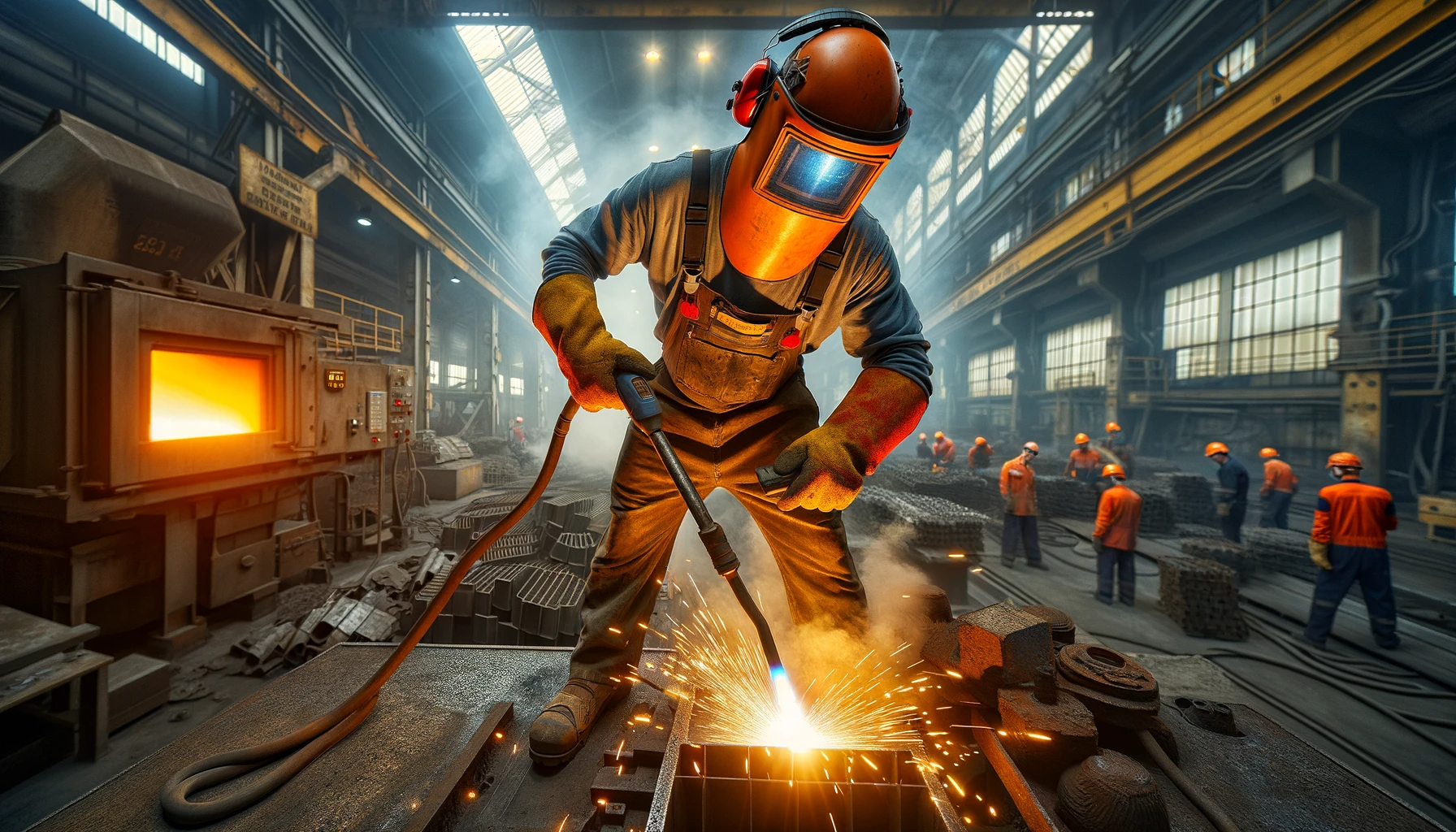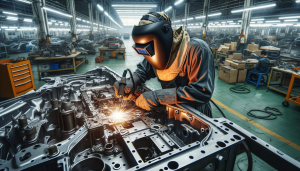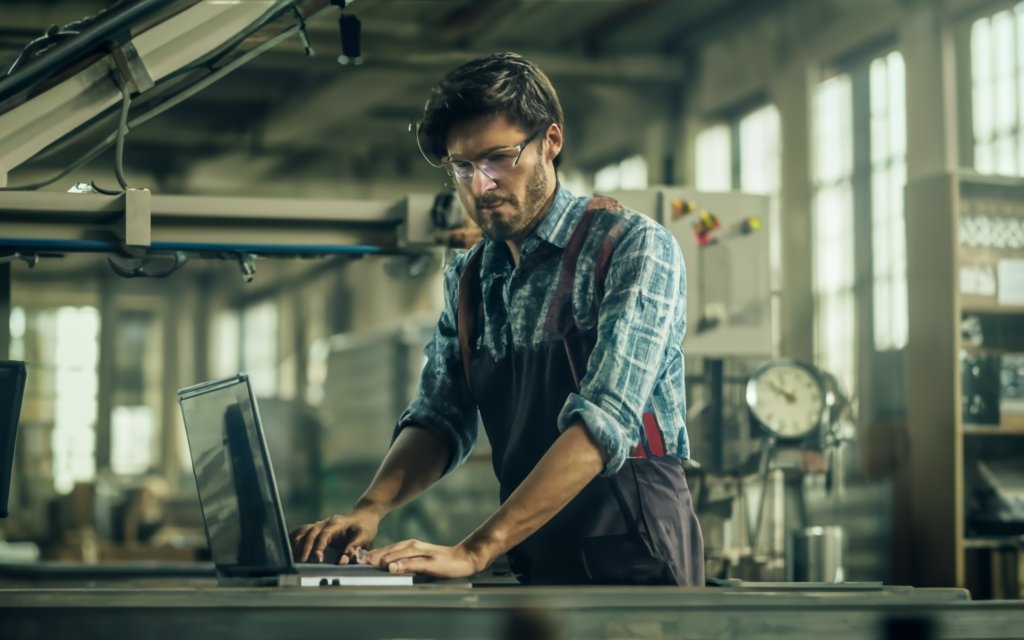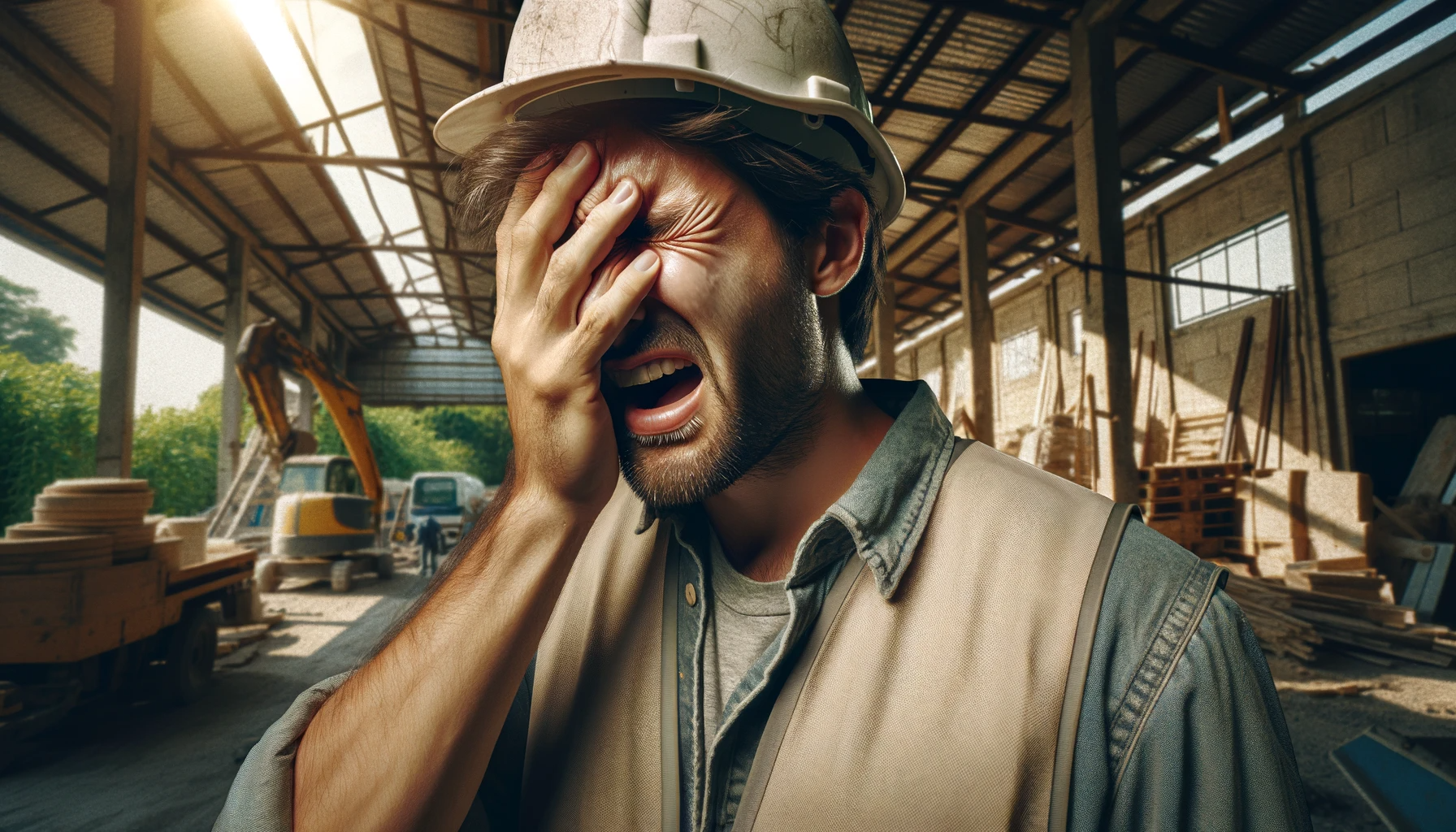Prevention of Eye Accidents at Work: Essential Measures to Avoid Injuries
Eye injuries at the workplace can be a significant health concern, potentially leading to temporary or permanent vision loss. Despite this, many such accidents are preventable with the right knowledge and tools. This article will explore essential measures to avoid eye injuries, ensuring a safer work environment for all.Identifying Common Eye Hazards in the Workplace
Understanding what poses a risk to our eyes is the first step in prevention. Workplaces can be riddled with various hazards, from flying debris to chemical splashes. Jobs in construction, manufacturing, and laboratories often expose workers to such dangers. Knowing the risks is crucial in crafting effective protective measures.The Role of Protective Eyewear in Preventing Eye Injuries
One cannot stress enough the importance of protective eyewear when discussing workplace eye safety. Safety goggles and glasses act as a primary defense against potential eye hazards. They should meet industry standards and be appropriate for the specific risks present in a worker's environment.Eye Safety Tips for Employees
Each employee plays a vital role in eye injury prevention. Simple eye safety tips, such as being aware of your surroundings and keeping safety equipment in good condition, can significantly reduce the risk of accidents. It's essential for workers to take personal responsibility for their eye health at work.Implementing Occupational Eye Protection Programs
An effective occupational eye protection program is a cornerstone of preventing workplace eye hazards. Such programs should encompass regular training sessions, proper equipment provision, and emergency response planning. Employers must ensure that their workforce is well-equipped and informed about eye safety.Eye Safety Regulations and Compliance
Adhering to eye safety regulations is not just a legal obligation but also a moral one. Employers and employees must work together to comply with these guidelines, which are designed to minimize the risk of eye injuries. Understanding and following these regulations can be the difference between safe vision and a life-changing injury.The Impact of Personal Protective Equipment (PPE) for Eyes
In industrial settings, PPE for eyes, including safety goggles and glasses, is an indispensable part of the safety gear. Selecting the right PPE and ensuring its maintenance is critical for effective eye protection. Workers should be trained on the correct use and care for their eye PPE.Preventing Workplace Eye Hazards: A Collaborative Approach
Eye Accident Mitigation Measures
Despite all precautions, accidents can still occur. Knowing the steps to take immediately after an eye accident is crucial. Quick and appropriate responses can prevent further damage and expedite recovery.Conclusion
In conclusion, protecting our eyes at work is a multifaceted endeavor that requires the participation of both employers and employees. By implementing the measures discussed, we can work towards a future where workplace eye accidents are a rarity rather than a common occurrence.Look for an attorney who has the right legal resources for your legal needs.
Contact us here on the Warmuth Law website or through our hotline 888-517-9888.











